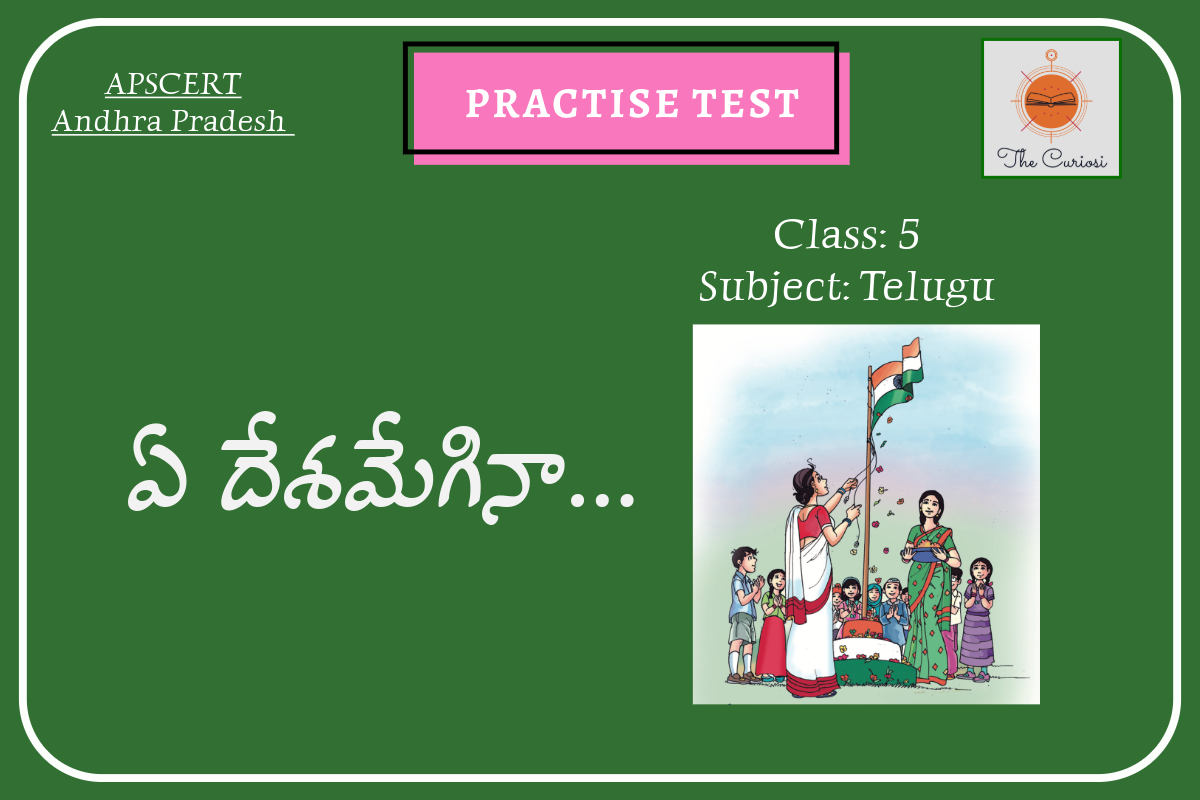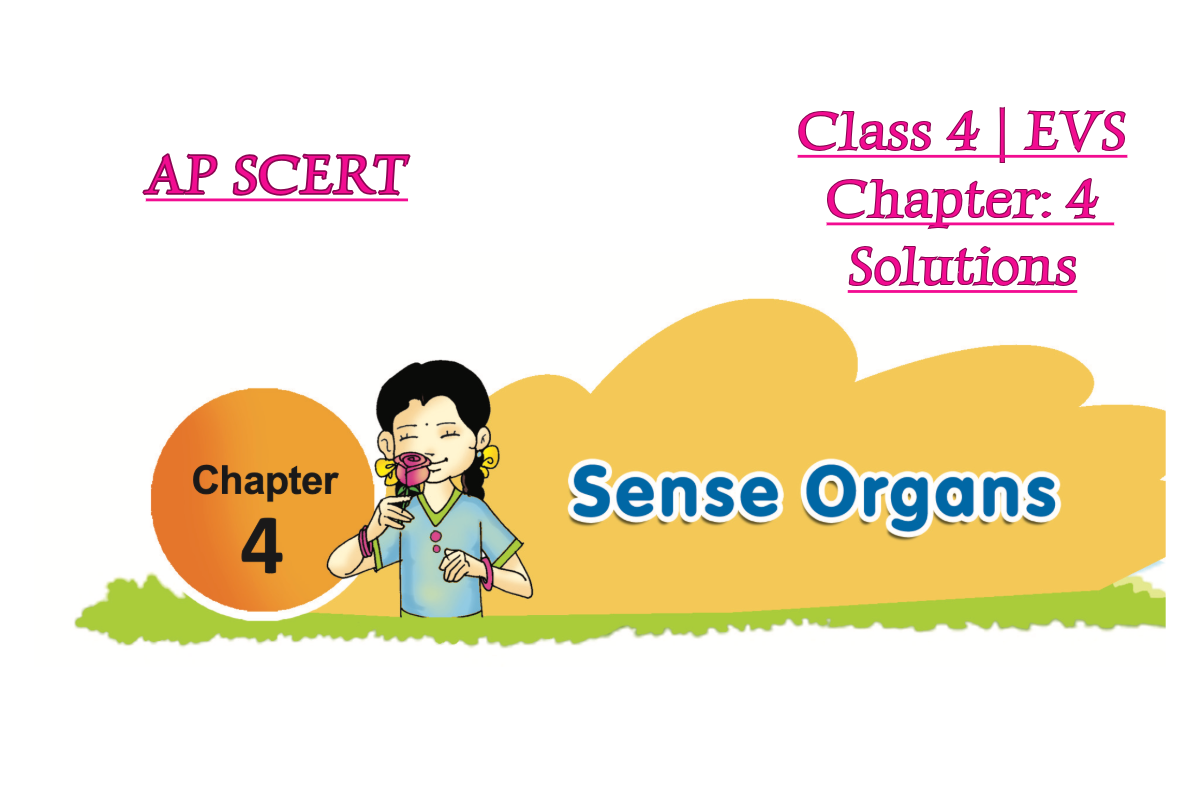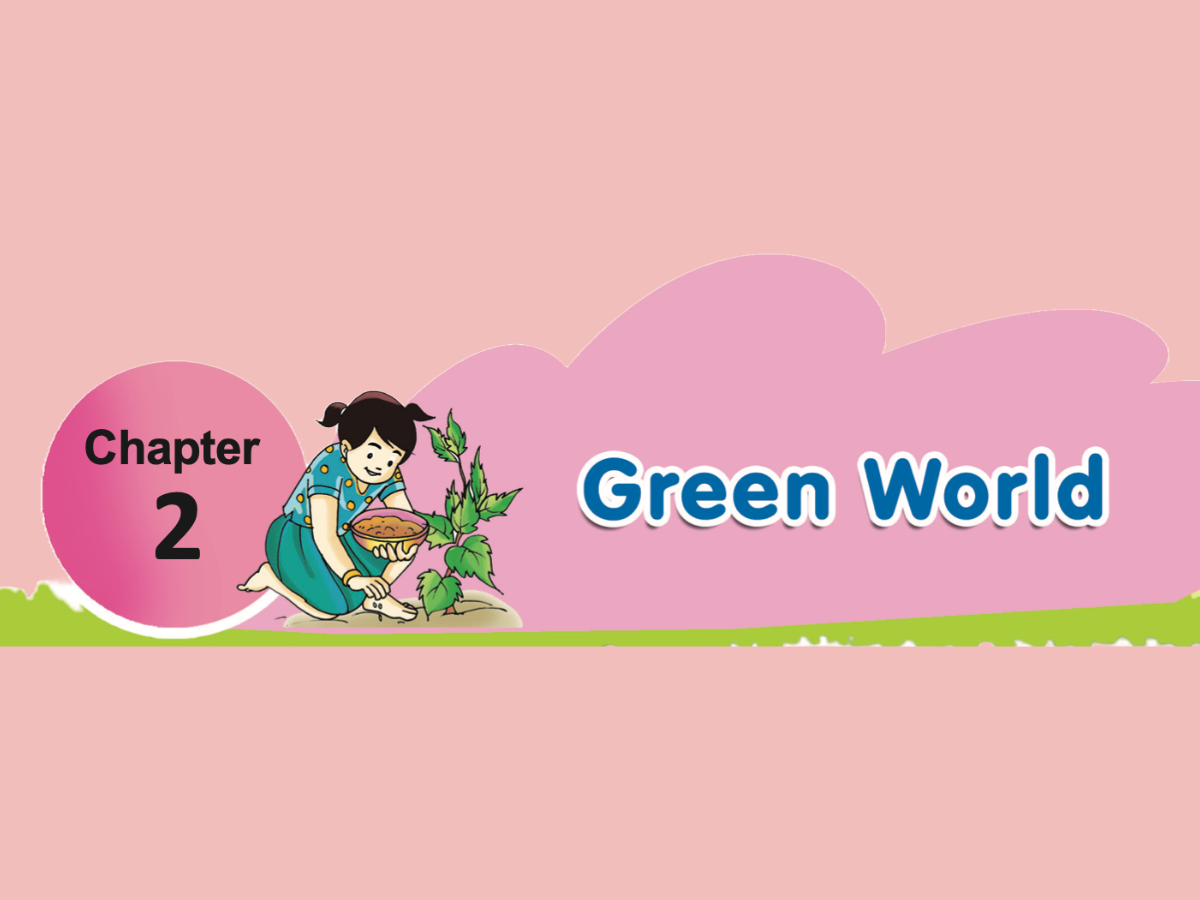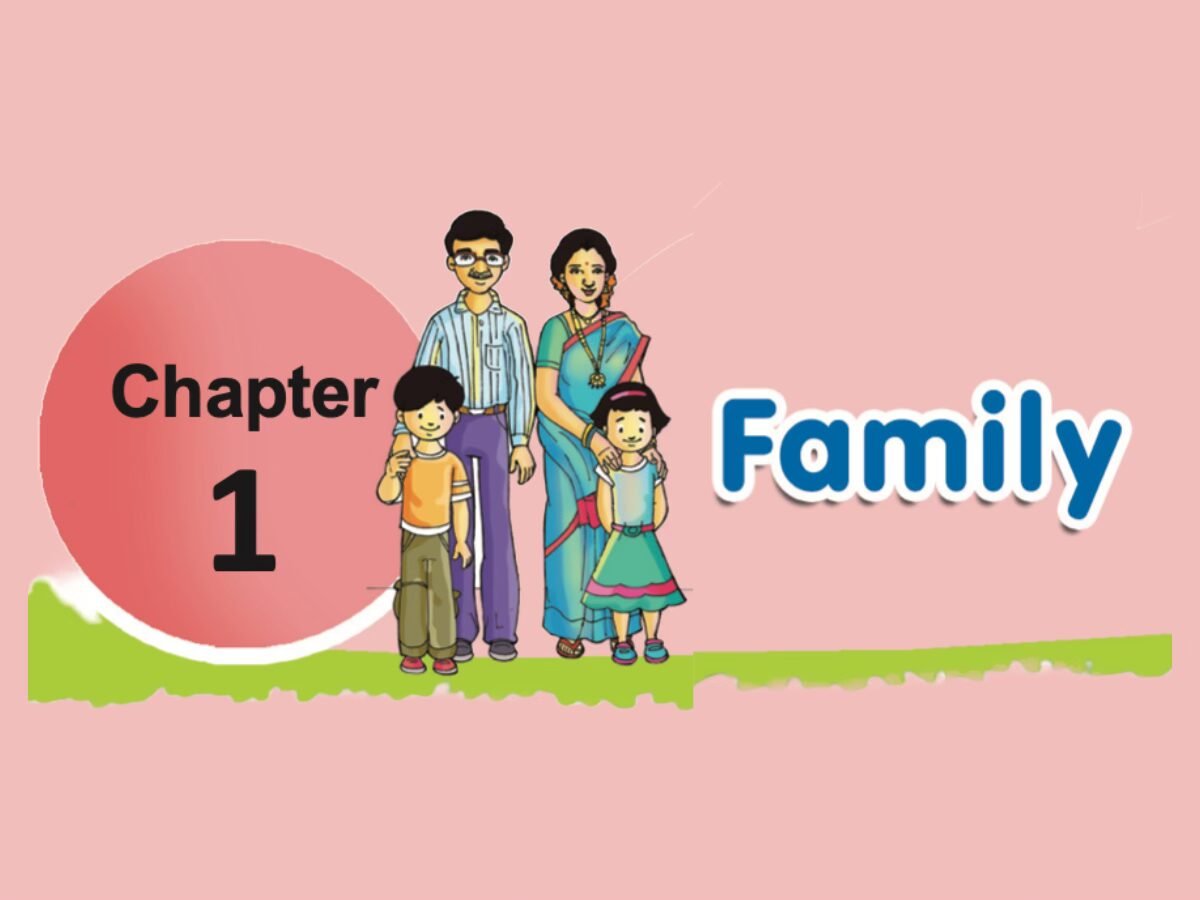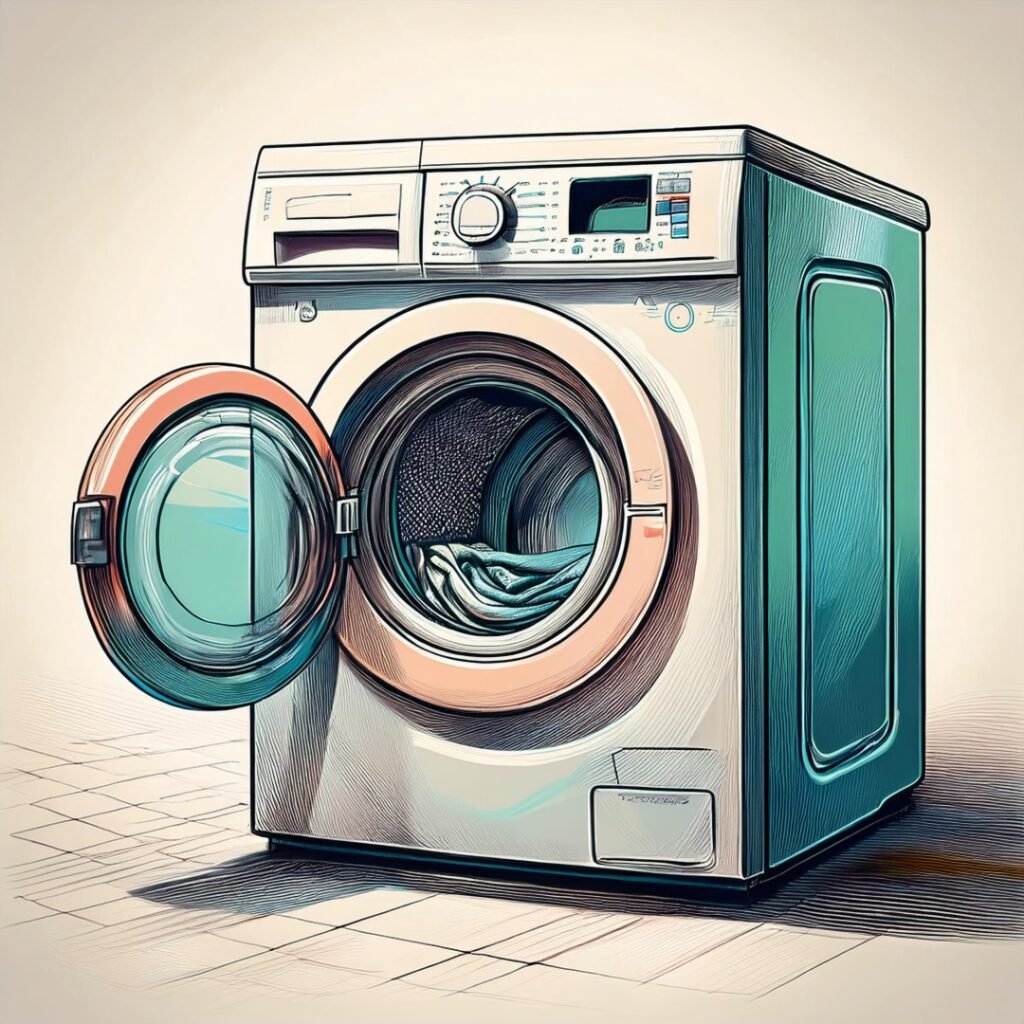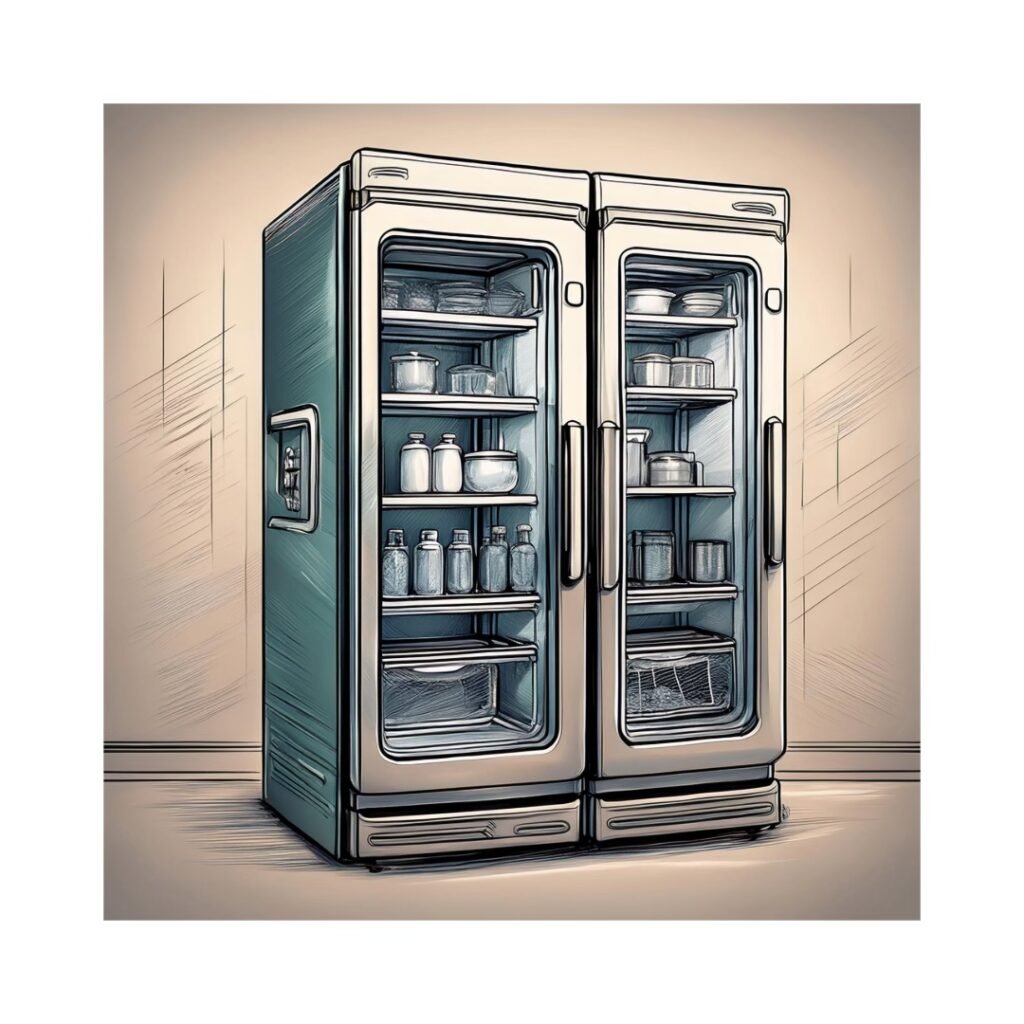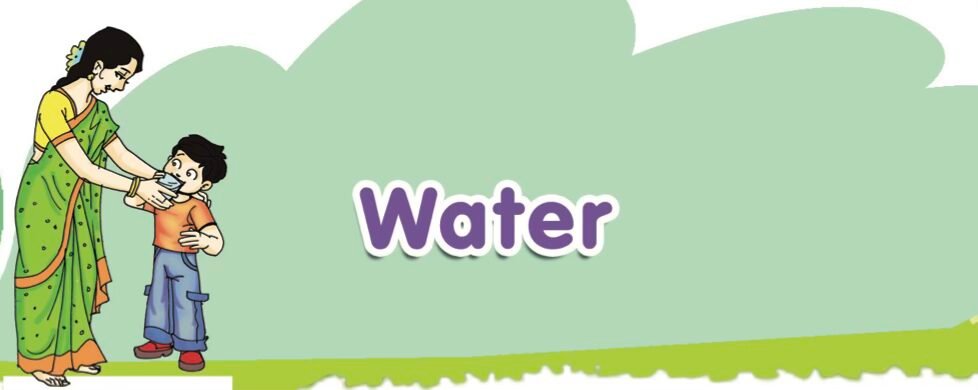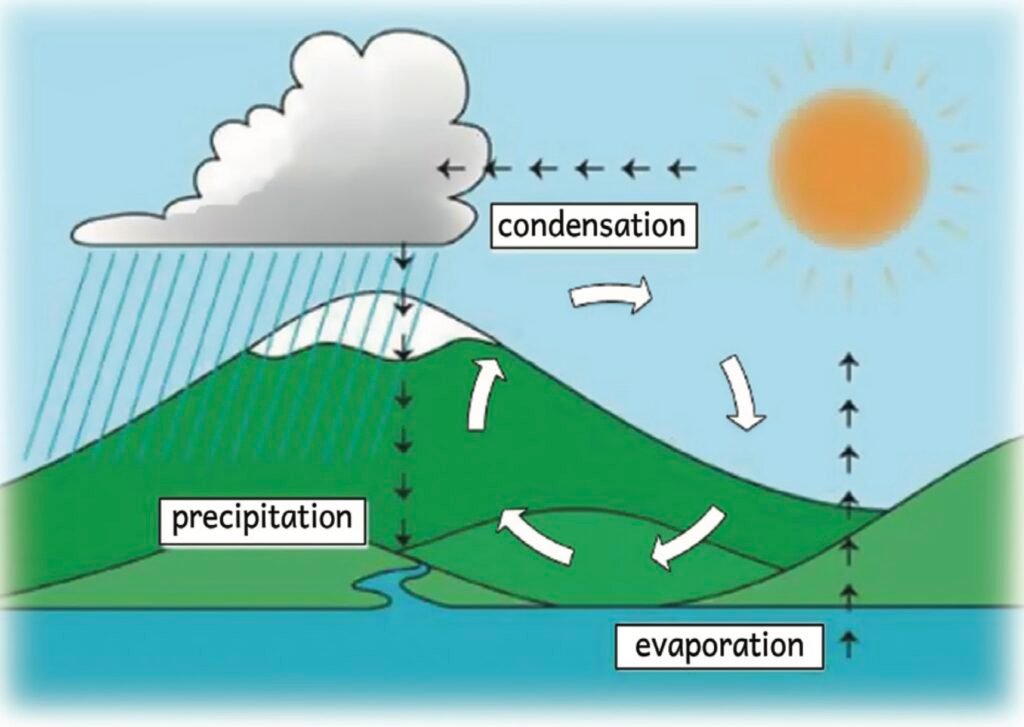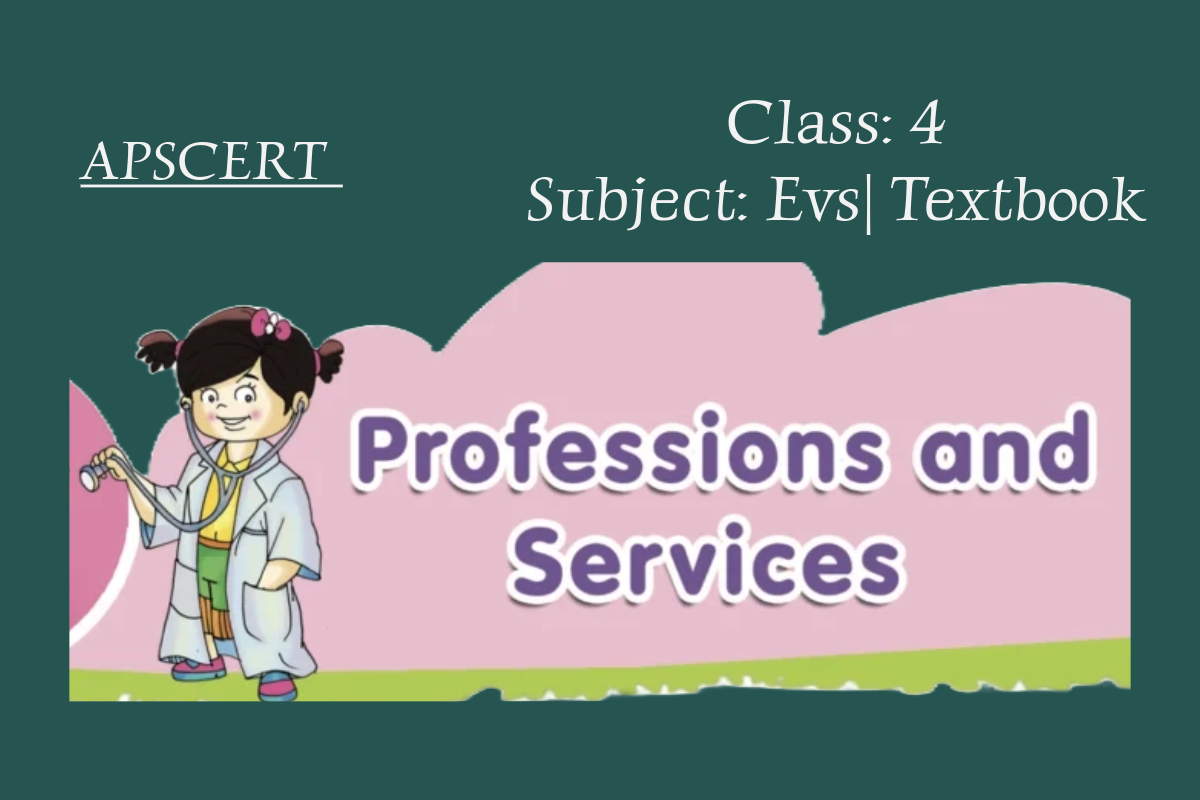Your cart is currently empty!
Category: 4th Class evs

5th Class Telugu Quiz | Lesson 1
Andhra Pradesh | APSCERT
5th Class Telugu Quiz | ఏ దేశమేగినా
5వ తరగతి తెలుగు క్విజ్
Cognitive Stimulation Game
Enhance your mind with engaging cognitive stimulation games to boost memory, focus, problem-solving, and creativity.

Chapter 4: Sense Organs | Class 4 | EVS textbook Solutions
AP SCERT, ANDHRA PRADESH
Based on Chapter 4, “Sense Organs,” from the Class 4 EVS textbook, here are the answers to the “Improve Your Learning” section:
Improve Your Learning

I. Conceptual Understanding
1. How many sense organs are there? What are they?
- There are five sense organs:
- Eyes – To see
- Ears – To hear
- Nose – To smell
- Tongue – To taste
- Skin – To feel
2.Why are sense organs so important to us?
Sense organs help us to interact with the world around us. They allow us to see, hear, smell, taste, and feel, enabling us to understand and respond to different stimulus.
II. Questioning and Hypothesis
3.What questions would you ask a differently-abled person to know how he/she handles his/her difficulty?
- How do you manage your daily activities?
- What challenges do you face in public places?
- Are there any tools or technologies that help you?
- How can people support you better?
III. Experiments and Field Observations
4. Taste the food items in your kitchen and list them under different tastes:
Taste Food Items Sweet Sugar, Jaggery, Mango Sour Lemon, Tamarind, Curd Salty Salt, Chips, Pickle Bitter Bitter gourd, Neem Spicy Chili, Pepper, Spices IV. Information Skills and Projects
5. Collect information about successful people who are differently-abled and fill in the table:
S.No Name Disability Achievements 1 Helen Keller Deaf-Blind Writer, Activist, and Educator 2 Sudha Chandran Lost a leg Renowned Dancer and Actress 3 Ravindra Jain Visually impaired Famous Music Composer and Singer V. Drawing and Model Making
6. Draw the picture of your face and label the sense organs.

VI. Appreciation
What will you tell your parents if you experienced bad touch?
- I will immediately inform my parents or a trusted adult if I experience a bad touch.
- I will explain how the situation made me feel uncomfortable and seek their help to ensure my safety.
- There are five sense organs:

Chapter 3: Animals Around Us | Class 4 | EVS | AP SCERT
IMPROVE YOUR LEARNING
I. Conceptual Understanding
1. Give some examples of animals that have thick fur on their skin.
- Examples: Sheep, Polar Bear, Yak, and Alpaca.
2.Why is a hen called oviparous?
- A hen is called oviparous because it lays eggs, and its young ones hatch from these eggs.
3. Sarath says that the duck and the crocodile belong to the same group. Do you agree, why or why not?
Yes, they both belong to the group of oviparous animals because they lay eggs. However, they are different in habitat and lifestyle. Ducks are birds, and crocodiles are reptiles.
II. Questioning and Hypothesis
4. What will happen if there are no crows?
If there are no crows, the natural ecosystem will be disrupted. Crows help clean the environment by feeding on waste and dead organisms. Without them, waste accumulation might increase, leading to a polluted environment.
III. Experiments and Field Observations
5. Observe the legs of a dog and a hen and write about them.
- Dog’s legs: Strong and muscular, designed for running and walking.
- Hen’s legs: Thin and scaly, suitable for walking and scratching the ground to search for food.
IV. Information Skills and Projects
6. Collect the pictures of Herbivores, Carnivores, and Omnivores and make a scrapbook.
- Herbivores: Cow, Goat, Deer.
- Carnivores: Lion, Tiger, Eagle.
- Omnivores: Bear, Crow, Human.
V. Drawing and Model Making
7. Draw the picture of the animal that you like very much and color it.
Draw animals like a tiger, peacock, or elephant and colour them vibrantly.



VI. Appreciation
What activities would you like to do to protect birds?
Activities:
- Set up bird feeders with food and water.
- Plant trees to provide shelter for birds.
- Avoid using harmful pesticides in gardens.
- Educate others about the importance of bird conservation.

Metal Bird feeder 
Chapter 2 Green World | Class 4 | EVS | APSCERT
Here are the answers for the “Improve Your Learning” section of the lesson “Green World”.
I. Conceptual Understanding
1. Write a brief note on the uses of plants.
• Plants are very useful to us. They provide us with food, oxygen, medicines, timber, and fibres. Roots like carrot and beetroot are eaten as food, while flowers like jasmine and hibiscus are used for decoration and perfumes. Fruits provide us with vitamins and minerals. Plants also help in maintaining the balance of nature.
2. Give examples of land and water plants.
• Land (Terrestrial) Plants: Neem, mango, tamarind.
• Water (Aquatic) Plants: Lotus, water lily, hydrilla.
3. Identify and write some desert plants in your surroundings.
• Cactus, barrel cactus, aloe vera.
II. Questioning and Hypothesis
4. What questions would you like to ask a gardener in your village to know about different types of plants?
• What types of plants grow well in this soil?
• How do you take care of flowering plants?
• What are the benefits of different plants?
• How do you grow seedless fruits?
III. Experiments and Field Observations
5. Go to a nearby garden or nursery. Identify and write the names of as many flowers and plants as you can.
• Flowers: Rose, hibiscus, jasmine, marigold.
• Plants: Tulsi, mint, neem, mango.
IV. Information Skills and Projects
6. Make a chart on the types of plants based on stems and hang it in your classroom.
(This activity involves creating a visual chart showing types of stems like herbaceous, woody, or climbers with examples. Example: Banana – soft stem, Banyan – woody stem.)
V. Drawing and Model Making
7. Make some flowers using colour papers and decorate your classroom.

Model Rose flower image (This involves crafting flowers like roses or lilies with coloured papers and arranging them in the classroom.)
VI. Appreciation
8. Grow a flowering plant at your home. Record the progress of its growth and discuss with your friends.
Observation Record for Marigold Plant
Day 1:
• Planted marigold seeds in a pot filled with nutrient-rich soil.
• Watered lightly to moisten the soil.
• Kept the pot in a sunny location.
Day 3:
• Observed that the soil remained moist, watered again slightly.
• No visible sprouting yet.
Day 5:
• Tiny green shoots started emerging from the soil.
• Continued to water lightly every day to keep the soil damp but not soggy.
Day 7:
• Shoots became taller, and tiny leaves began forming.
• Adjusted the pot to ensure it gets adequate sunlight.
Day 10:
• Leaves started growing bigger.
• Watered moderately every alternate day to avoid overwatering.
Day 15:
• Plant grew up to 6–7 cm tall.
• Stems looked stronger, and more leaves formed.
Day 20:
• Buds started appearing on the plant.
• Continued regular care with watering and checking the soil for dryness.
Day 25:
• Buds started opening into small marigold flowers.
• Flowers were bright orange and yellow.
• Observed bees and butterflies visiting the plant.
Day 30:
• The plant was healthy with several blooms.
• Watered the plant every three days and ensured it got at least 6 hours of sunlight daily.
Summary of Care Tips:
1. Water regularly but avoid overwatering.
2. Ensure the plant receives plenty of sunlight.
3. Check for pests and remove any weeds around the plant.
4. Fertilize lightly every two weeks for better growth and flowering

chapter:1 Family | Class 4 | EVS | APSCERT Textbook
I. Conceptual Understanding
1. State two reasons for the increase of nuclear families.
- Lack of space in cities and urban areas.
- Job-related transfers or employment opportunities in different locations.
2. Write the reasons for changes in a family.
- Changes in a family can occur due to weddings, the arrival of a newborn, transfer of jobs, promotions, or even unfortunate events like the death of a family member.
3. Give two reasons how the use of home appliances changed the lifestyle of people.
- Home appliances save time and effort in daily household tasks, making life more convenient.
- They reduce the need for manual labor, but they also lead to increased electricity usage and less physical exercise.
II. Questioning and Hypothesis
4. A new family moved to your neighborhood. What questions will you ask to know about their family?
- How many members are there in your family?
- Where did you live before moving here?
- What work do your family members do?
- Do you like your new neighborhood?
III. Experiments and Field Observations
5. Draw some pictures of home appliances.




(Dear Students! You can draw appliances like a washing machine, refrigerator, mixer-grinder, or television.)
IV. Information Skills and Projects
6. Collect names of your family members and draw your family tree.

(Dear Students! You can create a family tree using your family members’ names. For example:)
V. Drawing and Model Making
Make your family tree with paper carving.

(Dear Students! You can use paper, glue, and markers to create a creative paper-carved family tree.
VI. Appreciation
8. Whom do you like most in your family? Write a few lines about them.
- I like my grandmother the most. She tells me wonderful stories and takes care of me. She always encourages me to study well and helps me in every way possible.
chapter: 6 | Water | solutions | Class 4 | Evs |

I. Conceptual Understanding
1. Why do we need tanks?
• Tanks are needed to store water for various uses like drinking, irrigation, and for cattle. They also help to increase the groundwater level and provide water during dry seasons.
2. How are tanks being polluted?
• Tanks are polluted by activities like bathing, washing clothes, cattle, and vehicles in the tank, throwing household wastes and animal carcasses, using the tank as toilets, and immersing idols made with chemicals. Additionally, sewage water and chemical effluents from factories also contribute to pollution.
3. How should we conserve our tanks?
• We should stop polluting tanks by avoiding harmful practices such as dumping waste and chemicals. Proper maintenance should be done by removing weeds, cleaning tanks regularly, and ensuring proper water channels to refill the tanks.
II. Questioning and Hypothesis
4. Ask your teacher what will happen if all the tanks dry up.
• If all the tanks dry up, it would lead to water scarcity, affecting drinking water, agriculture, and cattle. Groundwater levels would decrease, and people would struggle for their daily water needs.
III. Experiments and Field Observations
5. With the help of your teacher, visit a nearby field. Observe how water is supplied to the fields. Draw a block diagram.
• (This is a field activity where students are expected to visit a field and observe the water supply system, then create a diagram based on their observations.)
IV. Information Skills and Projects
6. Collect information about a tank in your village and write the history of the tank.
• (This is a project-based activity where students are asked to gather information from elders or local sources about a village tank and document its history.)
V. Drawing and Model Making
7. Prepare a chart showing the water cycle.
• (Students should create a chart that illustrates the process of evaporation, condensation, and precipitation, explaining how the water cycle works.)

water cycle
The water cycle, also known as the hydrological cycle, is the continuous process by which water moves through the Earth’s atmosphere, surface, and underground. It consists of several key steps:
1. Evaporation
- The cycle starts when the Sun heats up water in oceans, rivers, lakes, and other bodies of water, causing it to turn into water vapor. This process, known as evaporation, transfers water from the Earth’s surface into the atmosphere as gas.
2. Condensation
- As water vapor rises, it cools down and turns back into liquid, forming tiny droplets in the atmosphere. This process, called condensation, leads to the formation of clouds. When these droplets gather together, they create larger water droplets.
3. Precipitation
- When the clouds become heavy with water droplets, they release this water back to the Earth in the form of precipitation. Precipitation can be rain, snow, sleet, or hail, depending on the temperature and weather conditions.
4. Collection
- After precipitation, the water collects on the Earth’s surface in oceans, lakes, rivers, and groundwater. Some of it seeps into the ground, replenishing aquifers, while the rest flows into rivers and streams, eventually making its way back to larger bodies of water.
5. Runoff and Infiltration
- The water that falls on the ground can flow over the surface as runoff, joining rivers and streams. Some water also seeps into the ground, a process known as infiltration, which replenishes groundwater supplies.
6. Transpiration
- Plants absorb water from the soil and release it into the atmosphere through their leaves in a process called transpiration. This process also contributes to the moisture in the atmosphere.
Continuous Cycle
- This cycle repeats as the water evaporates again, forms clouds, and falls as precipitation. The water cycle is essential for life, as it distributes fresh water across the planet, helping to maintain ecosystems, weather patterns, and life itself.
The water cycle is a natural recycling system that keeps water circulating throughout Earth, making it one of the most important natural processes for sustaining life.
VI. Appreciation
8. Prepare some slogans to stop pollution of water.
• Example slogans:
• “Save water, save life!”
• “Keep our tanks clean for a healthy future!”
• “Say no to water pollution, yes to clean water!”
• “Protect water bodies, protect life!”

Chapter: 7 | professions and service | Class 4 | Evs | Textbook
APSCERT | ANDHRA PRADESH
Here are the answers to the “Improve your Learning” section from the lesson “Chapter: 7 | Professions and service | Class 4 | Evs | Textbook”.
I. Conceptual Understanding.
1. Name any three professions by which people help us in our daily life.
Three professions by which people help us in our daily life are:
- Doctor – Helps us by treating illnesses and maintaining our health.
- Teacher – Educates and guides students in learning.
- Farmer – Grows crops and provides us with food.
2. Which professions support a farmer in farming?
Professions that support a farmer in farming include:
- Agricultural Officer – Provides seeds, tools, and guidance on modern farming techniques.
- Bank Manager – Offers loans at low interest rates to help farmers with financial support.
- Electrical Engineer – Ensures power supply needed for operating pumps, machinery, and other equipment on the farm.
3. Write how a plumber helps you.
A plumber helps by installing and repairing water systems, such as pipes, taps, and drainage systems in homes and buildings. They ensure that we have access to clean water and that wastewater is properly managed, which is essential for hygiene and daily activities like cooking, cleaning, and bathing.
II. Questioning and Hypothesis.
4. What questions would you like to ask a grocer in your village about his/her profession?
Here are some questions I would ask a grocer in my village about their profession:
- Where do you get the fruits and vegetables you sell?
- How do you decide the prices for different items?
- What challenges do you face in your work?
- How do you make sure that the items you sell are fresh?
- What are the most popular items that people buy from your store?
III. Experiments and Field Observations.
5. Visit a cobbler in your village. Observe how he repairs the shoes.
I visited the cobbler in my village and watched how he repairs shoes. First, he looks at the broken shoe to see what needs fixing. Then, he uses glue to stick any parts that have come loose. If the sole is damaged, he carefully removes it and puts on a new one with glue and nails. He also uses a needle and strong thread to stitch any torn parts. Finally, he polishes the shoes to make them look new again. It was interesting to see how he works with his tools and makes old shoes useful again!
IV. Information Skills and Projects.
6. Collect pictures of tools used by different professionals from newspapers and prepare a scrap book.
To complete this activity, collect pictures of tools used by various professionals. Look in newspapers, magazines, or even online (with the help of an adult) to find pictures. Here are some ideas:
- Doctor’s Tools – Stethoscope, thermometer, and blood pressure monitor.
- Tailor’s Tools – Scissors, measuring tape, and sewing machine.
- Farmer’s Tools – Plough, shovel, and tractor.
- Mason’s Tools – Hammer, trowel, and bricks.
- Carpenter’s Tools – Saw, hammer, and chisel.
Cut out the pictures and stick them in a scrapbook. Label each picture with the name of the tool and the profession that uses it. This scrapbook will help you learn about different professions and their tools!
V. Drawing and Model making.
7. Draw and colour the picture of a sickle or any tool in your workbook.

VI. Appreciation.
8. How would you appreciate the services of a scavenger in your village?
I would appreciate the services of a scavenger in my village by saying thank you for the hard work they do every day to keep our surroundings clean. They collect garbage and keep the streets and public places tidy, which helps prevent the spread of diseases. I would also show respect by greeting them kindly, helping spread awareness about their important work, and encouraging others to keep the area clean so their job becomes easier. Their work is valuable, and we should respect and thank them for keeping our village safe and healthy.
9. Look at the pictures and write how you feel about them.

Looking at these pictures, I feel happy and appreciative. They show a farmer taking care of his buffalo by cleaning, feeding, and milking it. It shows the hard work and care involved in looking after animals that help us in our daily lives. The farmer looks gentle and kind to the buffalo, and the bond between them is heartwarming. This reminds me how important animals are in farming and how farmers work hard to provide us with milk and other resources. It also shows that taking good care of animals is essential and that we should respect both farmers and their animals.

